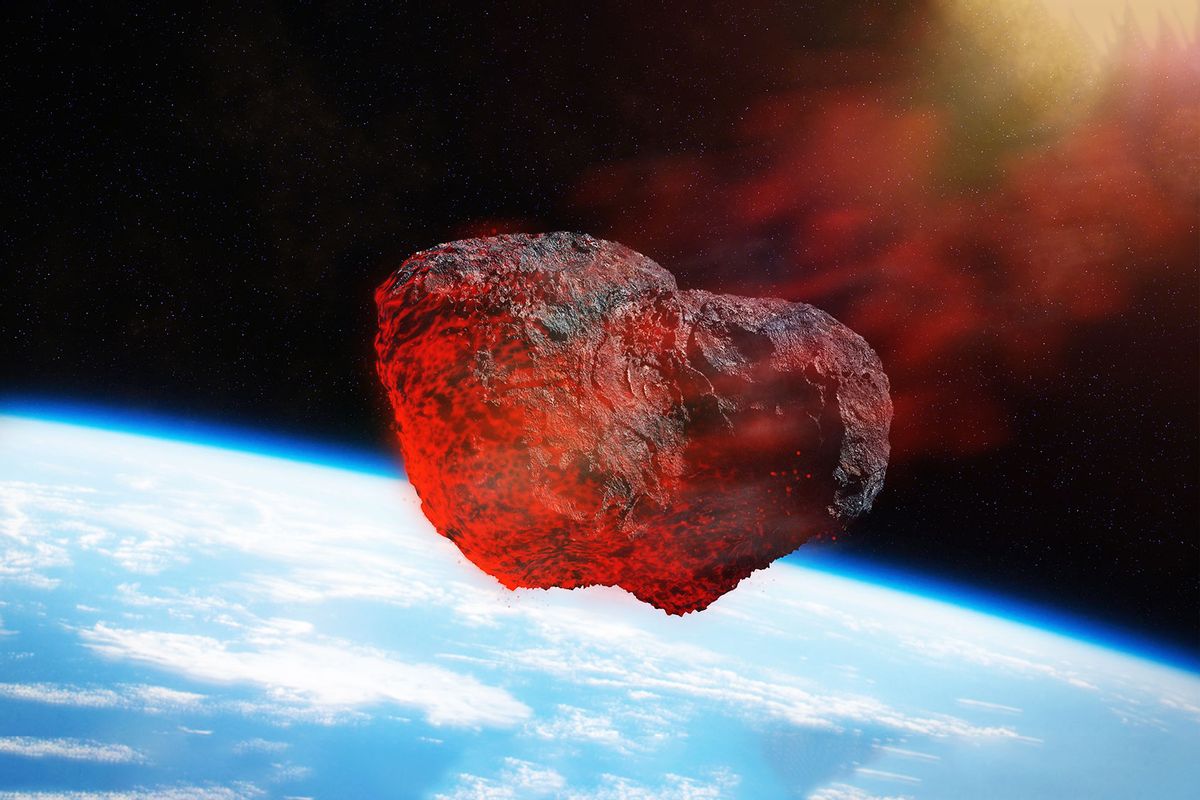Those who have driven a car are surely familiar with the idea of blind spots — the areas around you where you can't easily see, and thus, are uniquely vulnerable to threats. That principle applies to asteroid hunting just as easily. As telescope technology continues to advance, astronomers have used their scopes to peer into those nearby areas of our solar system that are normally difficult to observe.
"This study shows that we still have a ways to go discovering and tracking asteroids that could hit the Earth."
This brings us to the recent telescopic observations at the Cerro Tololo Inter-American Observatory in Chile. As the scientists there published in September in The Astronomical Journal, there are three near-Earth asteroids (or NEAs) hiding within the glare of the sun, and which apparently had not been previously noticed. These particular asteroids are lurking between the orbits of Earth and its closest neighbor in the direction of the Sun, Venus. One of them is the largest potentially hazardous NEA spotted in eight years.
The finding is particularly alarming because they suggest that there are some uncatalogued potentially dangerous asteroids that humanity has missed in its quest to catalogue and identify possible civilization-destroying asteroids or comets. In particular, the newly-discovered asteroid dubbed 2022 AP7 orbits the Sun in such a manner that it might someday intersect and strike Earth.
The B612 Foundation, a nonprofit focused on protecting the planet from impacts by dangerous space objects, is focused on stopping humanity from suffering the same fate as the dinosaurs. "This study shows that we still have a ways to go discovering and tracking asteroids that could hit the Earth," said Dr. Ed Lu, three-time NASA astronaut and the Executive Director of the B612 Foundation's Asteroid Institute. "We have the technology to deflect asteroids, but this technology is only useful if we can discover and track asteroids first."
The good news, as Lu told Salon, is that "the great majority (but not quite all) asteroids large enough to wipe out human civilization have already been tracked." Yet there are many untracked asteroids that are smaller and, while not big enough to constitute an extinction event, could still wipe out millions of lives; these include asteroids of the size that could wipe out a city. Lu noted that these kinds of space rocks "are thousands of times more numerous," and yet we only know about a "small percentage" of them.
Want more health and science stories in your inbox? Subscribe to Salon's weekly newsletter The Vulgar Scientist.
Policy makers have on occasion tried to make up for this lack of knowledge. When they do so, however, they only wind up learning more about just the urgency of humanity's need for more information about all manner of Near Earth Objects.
"In 2005, the US Congress tasked NASA to find 90% of all Near Earth Objects (NEOs) larger than 140 meters, the size of a football stadium," Harvard astronomer Avi Loeb wrote to Salon. "As of now, no known asteroid larger than 140 meters in size has a significant chance to hit Earth for the next century. However, less than half of the estimated 25,000 NEOs that are 140 meters and larger in size have been found to date."
"Less than half of the estimated 25,000 [Near Earth Asteroids] that are 140 meters and larger in size have been found to date."
According to Lu, more efforts are being undertaken to continue spotting asteroids like those three NEAs recently detected between the orbits of Venus and Earth. Thanks to the construction of new observatories like the Vera Rubin Observatory (also in Chile) and the development of new computational techniques such as those produced by the Asteroid Institute, "within a few years we expect to greatly increase our ability to track asteroids and provide many decades of warning of potential impacts," Lu told Salon.
If nothing else, the discovery of the asteroid 2021 PH27 — roughly a kilometer in size and, as Loeb noted, "which has the closest approach to the Sun, 13% of the Earth-Sun separation, and the largest precession as a result of Einstein's theory of General Relativity, known for any body in the solar system" — justifies the use of this new technology.
"Accelerating the rate of asteroid discovery requires funding, whether it's for an organization like B612 or NASA," B612 Foundation President Danica Remy wrote to Salon. "We, collectively, need to both fund and advocate for the development of advanced computational tools and new observational capabilities."



Shares